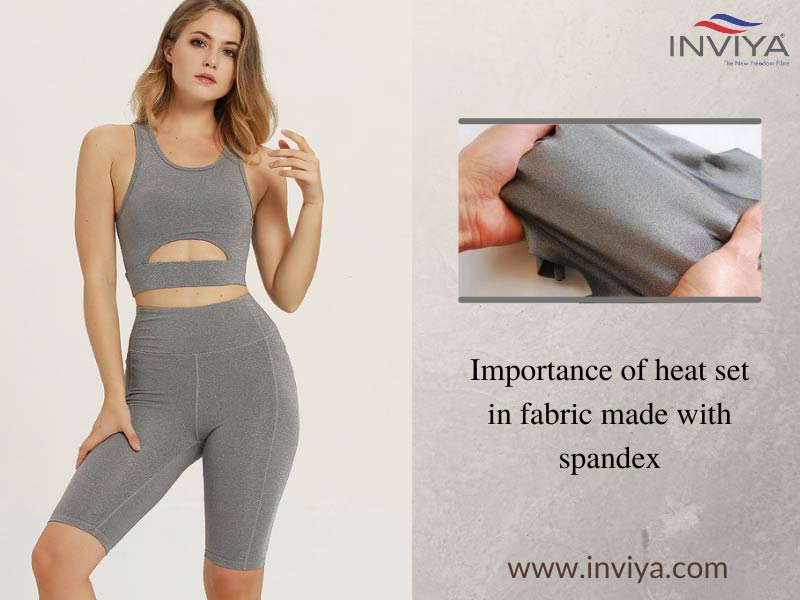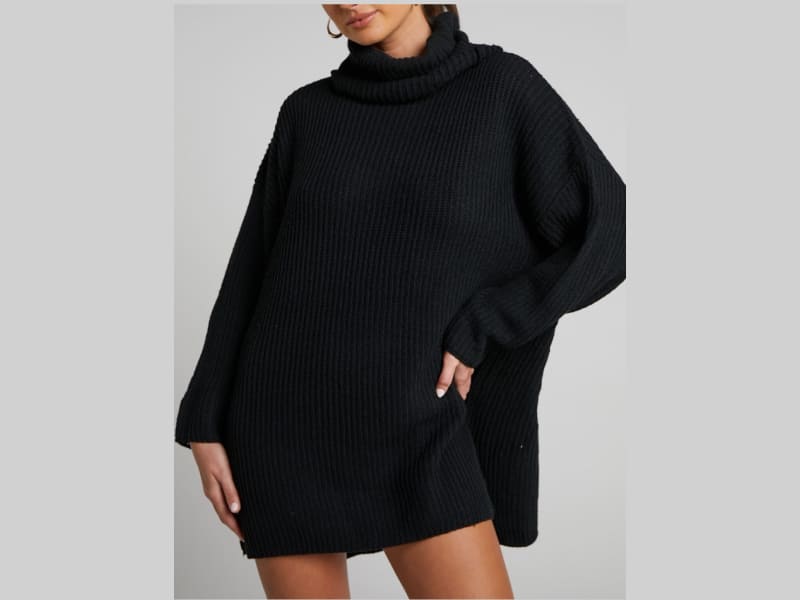
During the processing of garments, fabrics undergo several processes. Relaxation, heat-setting, drying, and appropriate finishing are some prominent processes. These fabrics can be knitted, woven, or even non-woven. Many knits and wovens contain spandex in various forms. In wovens, spandex can be present in either weft yarns, warp yarns, or in both, generally in core-spun form. In knits, spandex can be present in each course or alternating courses, mostly core-spun or plaited.
Heat-setting follows tensioning and relaxation of the fabrics. Here are a few points stating why heat-setting is crucial in the spandex-blended fabrics
- Stabilizes yarn twist- Yarn twist determines the direction in which the twist of the yarns goes. It can be anticlockwise (S-twist) or clockwise (Z-twist). Heat-setting helps in stabilizing that direction, so there is no untwisting after wearing and washing. It also eliminates any moisture that holds the yarn direction to ensure that the twist is well-set.
- Removes residual shrinkage- If a garment shrinks after washing for the first few times, it has residual shrinkage. It works if this percentage is 0-2%. But at times, this percentage goes beyond 5% or even 10% creating sizing issues after washing because the shrinkage reduces the size. Residual shrinkage is highly undesirable in a garment. The heat-setting process reduces the percent of residual shrinkage.
- For increasing wrinkle-resistance- Wrinkles occur when the hydrogen bonds in the fabric are broken and misplaced. We have seen that ironing removes wrinkles. Same way, heat-setting eliminates wrinkles, and it is a more durable process than simple ironing so, it also increases wrinkle-resistance.
- For obtaining durable pleat- We all have seen pleated garments. Those garments do not leave their pleated nature after washing. At times, the fabrics are heat-set after dyeing to make such pleated fabrics.
- For increasing the safe-iron temperature- Heat-setting provides a pre-conditioning to the garments to tolerate heat. If the garments are not heat-set, they come out to be sensitive to iron temperatures. As fabrics undergo heat-setting, they become durable to fluctuating iron temperatures.
We just saw how heat-setting adds properties to the fabrics at different steps. However, heat-setting, as a process, involves high temperatures. The temperature ranges from around 182-196 °C. If the blended spandex does not have good heat-resistant quality, heat-setting affects the spandex denier count, resulting in reduced fabric strength. It also affects the power of the spandex to stretch and recover. If the fibers do not have a good heat-resistance, heat-setting affects the dyeability of the fabrics.
We, at INVIYA, manufacture spandex that has high heat-resistant properties. Our I-400, 4th generation spandex, survives severe washing, processing, and heating conditions. It adds to the life of the garments and resists heat from affecting its stretchability.
Read More: Application of Core Spun Yarn





